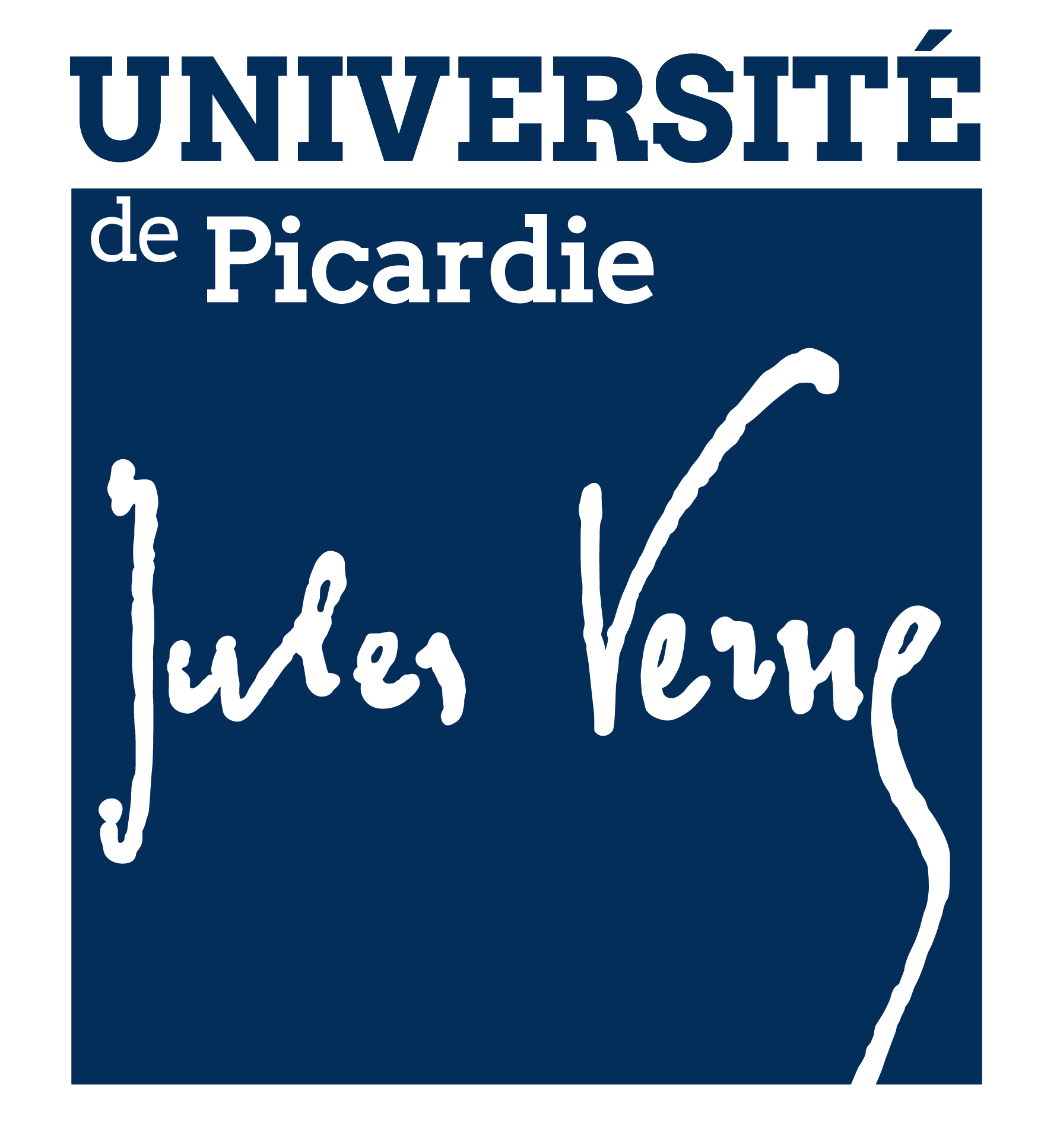Entanglement between Micro-Magnetism, electromagnetism and the tensor magnetic Phase theory (TMPT) – Symmetry, conservation and invariance laws analysis at low frequency
Résumé
Ferromagnetic materials show magnetic structures with domains and walls. Thanks to decades of research regarding the origin and behaviour of magnetic domains, we now possess a general foundation which has been verified experimentally in single crystals and powders. The governing equations at the microscopic scale were built in the 1960 s when Brown published calculations of the magnetic moments distribution inside domain walls. This micromagnetic theory uses the so called LLG ‘Landau-Lifshitz-Gilbert’ equation and can include the damping effects. The LLG equation requires a coupling to the field derived from energy contributions: exchange, anisotropy, magnetostriction, stray-field … and the anti-eddy field. At the macroscopic scale, such behaviours are lumped in a homogenized magnetization law for the electromagnetic field equations inside larger polycrystals. Therefore, the inhomogeneous magnetic material nature is always ignored. The Tensor Magnetic Phase Theory (TMPT) describes the magnetic structure and the magnetization thanks to a tensor variable at a mesoscopic scale. The material structuring is then explained thanks to an energy balance which will be discussed.This paper presents the results of investigations on entangled relationships between the micromagnetic theory, the electromagnetic theory and what is called the Tensor Magnetic Phase Theory (TMPT), which statistically describes the magnetic structures of soft ferromagnetic materials. It examines a connection between the TMPT and the LLG by deriving the main energy terms. Then, the TMPT must stay compatible and coupled to the Maxwell equations at low frequencies with volume and surface connections. Additionally, this paper investigates the way to derive the domains structuring and magnetization laws through the Lagrange principle and the corresponding conservation laws with invariants linked to the Nœther theorem. Finally, the TMPT must be discussed while checking its coherence and formulation when changing the reference frame.
Mots clés
Polarizable media
Polarized domains
Walls
Domains structure
Ferromagnetic materials
Ferroelectric materials
Multiferroic materials
Micro-magnetism
‘Landau-Lifshitz-Gilbert’ equation
Homogenization
Lagrangian Euler-Lagrange equations
Action minimization principle
Nœther theorem
Electromagnetism at low frequencies
Maxwell equations
Poynting theorem
Tensor Magnetic Phase Theory
CPT symmetries
Invariance principle
Domaines
Matériaux| Origine | Fichiers éditeurs autorisés sur une archive ouverte |
|---|





